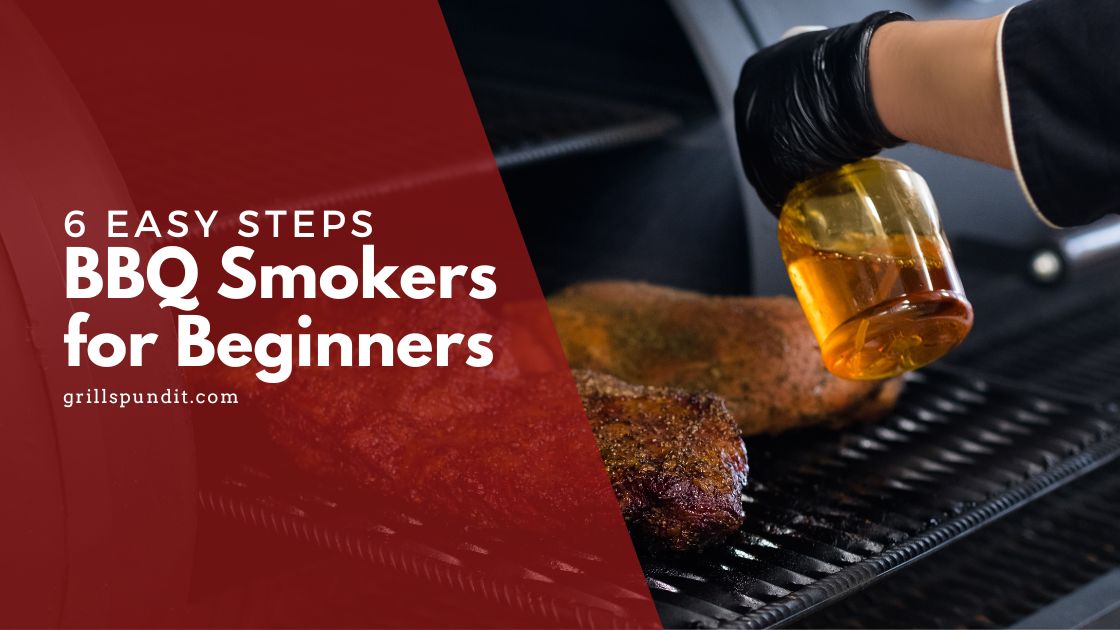Welcome to the wonderful world of BBQ smoking! Even if you’re a novice, don’t fret – mastering a smoker is a flavorful journey anyone can embark on. This guide, “BBQ Smokers for Beginners”, is here to handhold you through the process.
In five easy steps, we’ll demystify the art of smoking, giving you the confidence to host your first BBQ party. Whether you’re aiming for tender ribs, perfectly done brisket, or smoky vegetables, we’ve got you covered. Let’s dive in and fire up the smoker!
BBQ Smokers for Beginners Quick Guide
Ready to find out all about bbq smokers for beginners? Here’s what we’ll cover in this guide:
- Prepare your smoker
- Preparing the meat
- Smoking techniques
- Ignite your fire
- Smoking time
- Enhancing the smoke with moisture
BBQ Smokers for Beginners Steps
Now let’s get into more detail on each step and get to know all about bbq smokers for beginners.
Step 1: Prepare Your Smoker
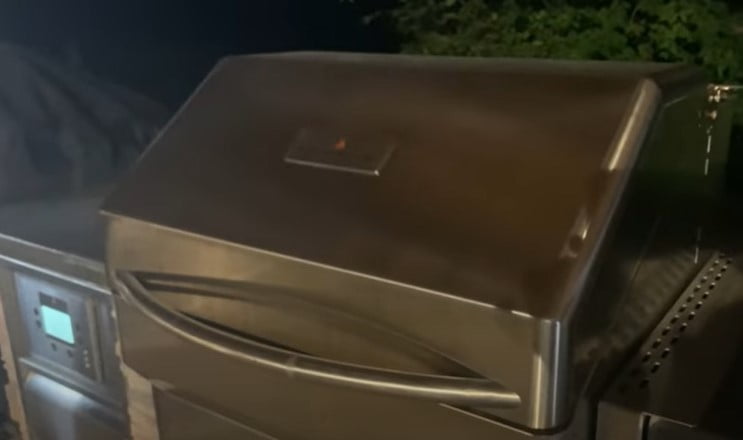
- Gather Your Supplies
When it comes to smoking, you have options. Electric, charcoal, gas, and water smokers are all popular choices for preparing a variety of delicious foods. Electric and gas smokers tend to cook meat a bit faster than other types.
If you’ve just purchased a smoker, take the time to assemble it properly. Pay close attention to the firebox and air vents, as these are crucial components that can affect both the safety and the quality of your food.
- Get Your Smoker Ready
Before you start cooking, you’ll need to get your smoker ready. In the firebox, build a fire and preheat it to 400 degrees Fahrenheit (204 degrees Celsius). Once it reaches the desired temperature, reduce it to 225 degrees Fahrenheit (107 degrees Celsius) for smoking your food over the course of several hours. This process helps remove impurities and adds a layer of seasoning to your smoker.
- Choose the Right Fuel
Wood chips are commonly used by smokers to add that signature smoky flavor. Oak, alder, cherry, hickory, and apple are all popular choices. Make sure to select wood that is free from chemicals.
This is especially important when using charcoal, as any chemical vapors can directly affect the taste of your food. It’s recommended to use pre-soaked wood chips instead of attempting to make your own. Be sure to purchase the right wood chips or charcoal for your smoking needs.
Step 2: Preparing the Meat
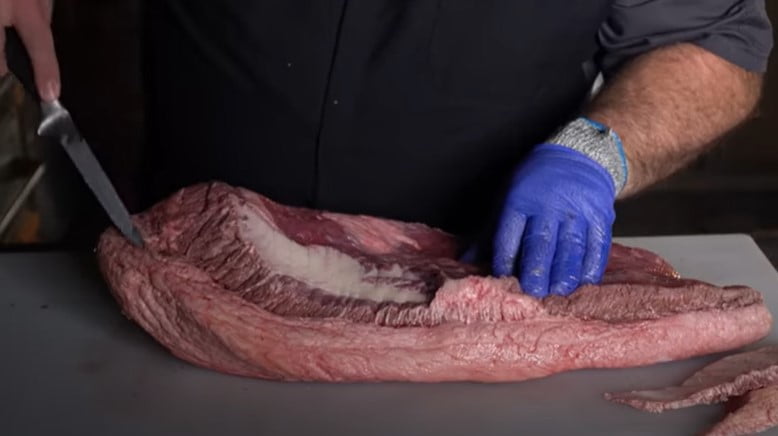
- Create a tantalizing dry rub or marinade recipe for your smoked masterpiece. Get it ready the day before the big smoke-off.
- Gently massage the rub or marinade into the meat, ensuring every inch is coated in flavor.
- Place your meat in a plastic or glass container, filling it halfway to allow for optimal marinating.
- Let it chill in the refrigerator for up to 24 hours, allowing the flavors to meld and intensify.
Step 3: Smoking Techniques
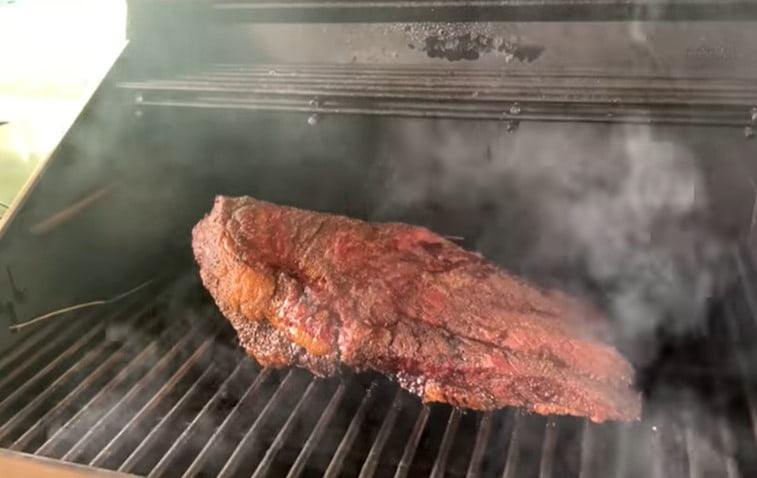
- Begin by filling your smoker with wood chips. Choose from options like charcoal, propane gas, or even an electrical hookup.
- If you’re using wood chips, add them now. Make sure to have an ample supply nearby for replenishing the smoking chamber.
- For gas smokers, wrap the chips in foil and create 6 or more holes at the top of the packet. Place the packet near the heat source to ensure optimal smoke production.
- If you’re using a water smoker, consider adding fresh herbs to the water for an enhanced meat flavor.
Step 4: Ignite Your Fire
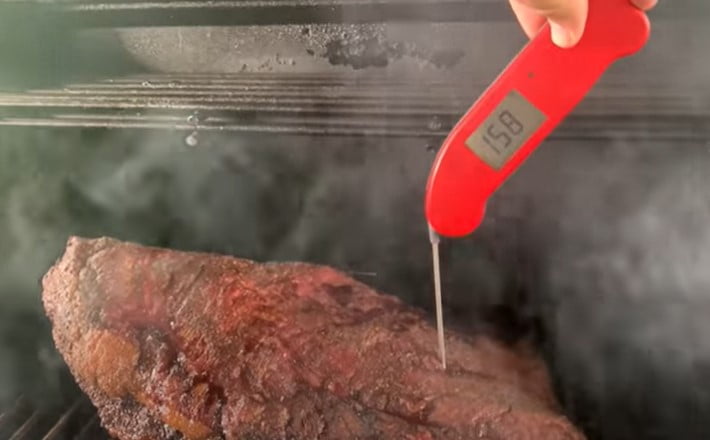
- Begin by opening the air vents wide to ensure proper circulation of air around the wood or charcoal. Allow it to heat for a minimum of 20 to 30 minutes. While the fire may initially reach high temperatures of up to 400 degrees, it is preferable for it to gradually decrease to a lower temperature. After 30 minutes, almost close the air valves to prevent excessive flames and promote the smoldering of coals or wood.
- Temperature: For optimal results, maintain a temperature range of 180 to 275 degrees Fahrenheit (82 to 135 degrees Celsius). However, it is essential to adjust the temperature based on the type of smoker, the kind of meat, and the size of the meat pieces. For instance, fish requires a lower smoking temperature compared to meat.
- Additionally, larger pork shoulders can withstand higher temperatures compared to smaller beef jerky pieces. If using electric or gas smokers, consider reducing the heat accordingly. Lastly, arrange the meat on a rack, or multiple racks, for an even smoking experience.
Step 5: Smoking Time

- During the smoking process, it’s best to check on the meat only once or twice. When replenishing the fuel and wood chips, make sure to inspect them.
- Remember, every time you open the smoker, heat escapes, so be mindful of that.
- For every pound (0.45kg) of meat, aim to smoke it for 1 to 1.5 hours. However, if your smoker tends to cook at a higher temperature, you can reduce the smoking time to approximately 1 hour per pound. Alternatively, you can opt for a lower temperature and longer cooking time.
- To ensure even cooking, rotate the meat every 2 to 3 hours. Before turning the meat, apply a generous coating of marinade.
- Approximately 1 hour before the meat is expected to be done, check on it. It’s better to slightly undercook the meat than to overcook it, as you can always put it back in the smoker for further cooking.
- Be cautious with small offset home smokers, as they are more prone to overcooking. When the meat appears to be done, remove it from the pan. Keep in mind that certain types of wood can make the meat appear redder, making it slightly challenging to determine its doneness.
Step 6: Enhancing the Smoke with Moisture
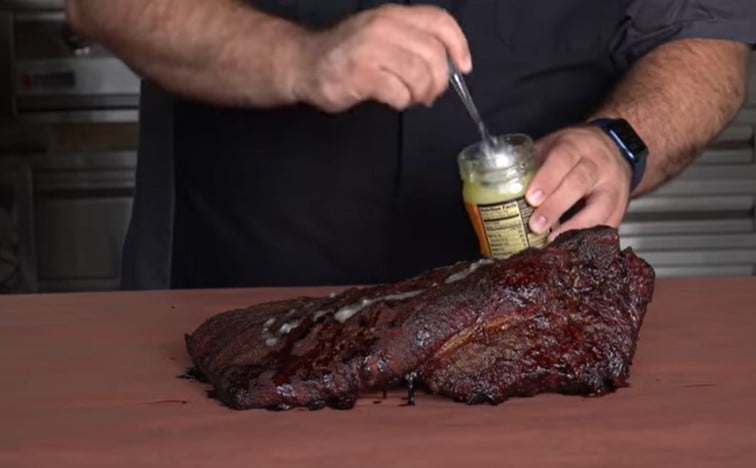
Infusing your barbecue with a tantalizing smoky flavor requires adding moisture to both the smoke and the meat itself. There are two effective methods to achieve this:
First, place a metal rack over the coals in the firebox and position a water pan on the grate. This ingenious setup humidifies the smoke that permeates the grilling chamber, ensuring optimal flavor absorption.
During the later stages of cooking, when the meat may appear dry, a gentle spritz of water or apple juice can work wonders. This simple technique helps the meat absorb the smoke while maintaining its juiciness. Be mindful not to go overboard, as excessive moisture can wash away the prized smoke coating already present.
With these techniques, you can elevate your barbecue experience to new heights, achieving succulent and flavorful results.
Common Questions About BBQ Smokers for Beginners
How to choose the right smoker as a beginner?
As a beginner, it’s crucial to start with the right smoker and learn bbq smokers for beginners. There are several types, including offset smokers, vertical smokers, and pellet grills. Research each type to understand their pros and cons, and choose one that suits your budget and needs.
When looking to buy a smoker, there are several types available – each with its own benefits. The most popular ones include electric smokers, charcoal smokers, and pellet smokers.
Electric smokers are great for ease of use and convenience in temperature control. Charcoal smokers offer an authentic flavor and a hands-on experience. And pellet smokers provide great control of temperature, resulting in consistent results each time.
Does BBQ take a long time?
Perfecting barbecue requires time and dedication. For the ultimate tenderness, allocate several hours, even up to 24, for slow-smoking large cuts like whole pigs. Barbecue isn’t about achieving medium-rare beef; it’s about that incredibly tender and moist texture from start to finish.
While chicken is technically done at 165°F, you may want your legs to reach an even higher temperature for that irresistibly tender result. As for brisket, consider taking it to the high range of 195°F or even 200°F.
During the cooking process, you might encounter a phenomenon known as “the stall,” where the internal temperature of the meat plateaus momentarily due to evaporative cooling. Patience is key here, as the meat will eventually surpass the stall with a little more time.
Video How to Use an Offset Smoker for Beginners
Want to know more about bbq smokers for beginners? Then you need to take a look at the video below and understand the ins and outs of using an Offset Smoker for Beginners!
Final Thoughts
Stepping into the world of barbecue smoking can seem daunting at first with its myriad of techniques and tools. However, remember that every seasoned pit master was once a beginner, too. It’s all about patience, practice, and a willingness to learn. BBQ smoking is an art that takes time to perfect.
The tips and techniques outlined in this guide are designed to provide a solid foundation for your first foray into using BBQ smokers. As you gain more experience, you’ll find a rhythm and routine that works best for you. So, fire up your smoker, don your apron, and embrace the rewarding journey of BBQ smoking. Happy grilling!

